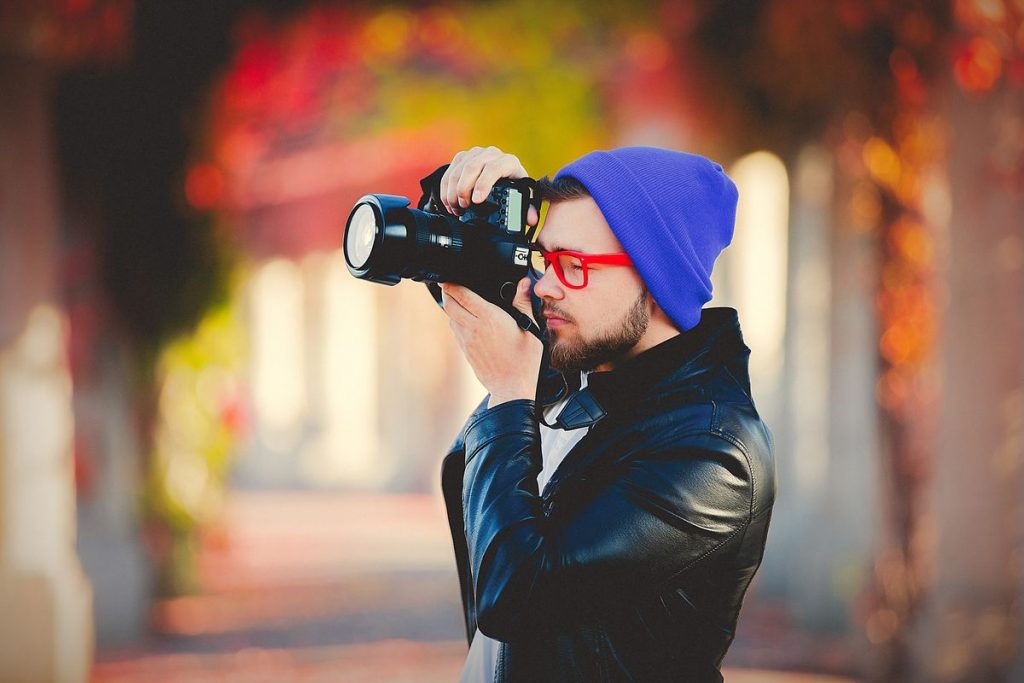Photography is often regarded as an art form and a means of documenting reality. However, it is also a powerful tool that can influence perception, evoke emotions, and communicate complex narratives. In this article, we will explore the fascinating intersection of photography and psychology, delving into how the choices made by photographers, from framing to composition, can shape the way viewers perceive and interpret images.
The Power of Visual Perception
Before we delve into the psychology of photography, it’s essential to understand the fundamentals of visual perception in social media. Our brains are wired to process visual information quickly and efficiently. When we look at a photograph, our minds automatically interpret elements like lines, shapes, colors, and depth to construct meaning.
Framing and Composition: Guiding the Viewer’s Eye
One of the key ways photographers wield psychological influence is through framing and composition. These elements determine how the viewer’s eye moves through an image and what they focus on.
– Rule of Thirds: The rule of thirds divides an image into nine equal parts using two equally spaced horizontal and vertical lines. Placing key elements along these lines or at their intersections often creates a more visually appealing and balanced composition.
– Leading Lines: The use of leading lines, whether natural (like roads or rivers) or artificial (like fences or pathways), guides the viewer’s eye into and through the image, shaping their perception of depth and perspective.
– Framing Devices: Photographers use objects within the frame, such as windows, doorways, or natural arches, to frame the main subject, drawing the viewer’s attention and adding context.
Color Psychology: Conveying Mood and Emotion
Colors are powerful psychological triggers that can evoke emotions and convey meaning. Photographers understand the psychology of color and often use it strategically to create specific moods and atmospheres in their images.
– Warm Colors: Reds, oranges, and yellows are associated with warmth, energy, and passion. They can be used to evoke feelings of excitement, love, or intensity in a photograph.
– Cool Colors: Blues and greens are calming and tranquil. They can create a sense of serenity, stability, or sadness, depending on how they are used.
– Color Contrasts: The contrast between complementary colors, such as red and green or blue and orange, can create visual impact and tension in an image, eliciting strong emotional responses.
Depth Perception: Creating Realism and Immersion
Photographers use depth cues to create a sense of three-dimensionality in two-dimensional images. Depth perception in photography is crucial for making viewers feel like they are part of the scene.
– Perspective and Scale: Using objects of known size in the frame can help viewers gauge the scale and depth of a scene. It also allows photographers to play with the sense of scale to create dramatic or surreal effects.
– Atmospheric Perspective: The use of haze or mist in a photograph can convey depth by making distant objects appear lighter and less distinct, simulating the natural effects of the atmosphere.
– Foreground, Middleground, and Background: Photographers often compose images with elements in the foreground, middleground, and background to create layers of depth and make the scene more immersive.
Emotion and Storytelling: Capturing the Human Experience
Photography’s most profound impact on psychology lies in its ability to capture emotions and tell stories. A single photograph can convey a wealth of emotions, spark empathy, or provoke thought.
– Candid Moments: Candid type of photography, capturing unposed and genuine moments, often elicits strong emotional reactions from viewers. It allows them to connect with the subjects on a personal level.
– Narrative Photography: Sequences of images or photo essays can tell compelling stories, taking viewers on a journey that engages their emotions and intellect.
– Symbolism and Metaphor: Photographers use symbols and metaphors to convey complex ideas and emotions, inviting viewers to interpret and engage with the image on a deeper level.
Conclusion
Photography is not just a medium for capturing moments; it is a form of visual communication deeply intertwined with psychology. From framing and composition to color choices and storytelling, photographers employ a range of techniques to influence how viewers perceive and connect with their images. By understanding the psychology behind the lens, we gain a richer appreciation for the art and impact of photography, recognizing it as a powerful means of shaping our thoughts, emotions, and understanding of the world around us.

